Tanssi Network: Appchain Infrastructure Protocol and TANSSI Token Comprehensive Overview

The blockchain industry has evolved from single-chain systems to a modular, multi-chain ecosystem where projects require dedicated blockspace and control over their infrastructure. Tanssi is an application-chain infrastructure protocol that enables developers to launch sovereign Layer 1 blockchains in minutes, combining predictable performance, Ethereum-aligned connectivity, and runtime customization. This model solves the scalability and cost challenges of general-purpose blockchains while giving teams full control of economics, UX, and governance.
1. Technical Foundations and Architecture
1.1 Modular Framework Integration
Tanssi-powered sovereign L1s are built with a modular framework that supports advanced customization and runtime flexibility. The platform lowers the technical barrier to blockchain deployment through pre-configured templates and automated infrastructure setup.
Key advantages of Tanssi’s modular approach include:
Customizable Architecture: Developers integrate only the components relevant to their specific use case, reducing redundancy and improving performance.
Runtime Flexibility: Chains can be upgraded seamlessly without hard forks. Governance models, virtual machines, and state transitions are adjustable, keeping networks adaptable without rigid constraints.
Security and Reliability: Tanssi’s validator and sequencer infrastructure provides predictable finality, stable fees, and decentralized block production secured through Ethereum-aligned restaking.
1.2 ContainerChain Technology
Tanssi’s ContainerChain technology lets teams deploy complete blockchain runtimes that run as independent, sovereign L1s while sharing the underlying network’s infrastructure and connectivity.
Key features include:
Resource Efficiency: Each L1 has its own logic and economy while benefiting from shared base infrastructure.
Simplified Deployment: Developers focus on application logic instead of validator networks or consensus management.
Integrated Security: Every chain launched on Tanssi benefits from the shared security model reinforced by restaking mechanisms and active sequencer rotation.
1.3 Ethereum-Aligned Connectivity
Tanssi provides trust-minimized interoperability with Ethereum and native routing between its sovereign L1s:
Snowbridge: Enables asset and message transfers between Ethereum and Tanssi networks.
Native Routing: L1-to-L1 communication inside the Tanssi ecosystem avoids fragmentation and bridge dependency.
Together, these ensure seamless liquidity flow and ecosystem connectivity without sacrificing sovereignty.
2. Core Features and Capabilities
2.1 Rapid Infrastructure Deployment
Tanssi allows teams to deploy a dedicated blockchain in minutes instead of months through its automated, permissionless deployment flow secured by Ethereum-grade restaking.
Key elements include:
Preconfigured Templates: Ready-to-use templates covering consensus, governance, and transaction logic.
Automated Configuration: Node setup, security parameters, and network initialization are fully automated.
Integration Hub: Projects gain access to a full suite of infrastructure—block production, data availability, cross-chain messaging, wallets, RPC endpoints, explorers, and analytics.
2.2 Enhanced Automation and Efficiency
Tanssi’s workflow ensures fully automated operations across core network layers:
Block Production: Continuous, decentralized block generation without manual coordination.
Data Availability: Integrated systems ensure transaction data remains accessible and verifiable.
Cross-Chain Messaging: Automated routing allows applications to communicate across ecosystems.
2.3 Developer Customization
Tanssi’s modular runtime allows deep customization for specific business needs:
Runtime Modules: Add or modify modules to implement unique app features.
Consensus Rules: Projects may define internal validation logic while relying on network-level sequencing and restaked security.
Economic Models: Each chain can design its own tokenomics and fee policies while remaining interoperable with other networks.
3. Use Cases and Application Scenarios
3.1 Gaming and Entertainment
The gaming sector benefits from Tanssi’s high-throughput and customizable architecture.
Ajuna deployed an application chain on the Dancebox testnet to optimize performance and user experience, demonstrating how game studios can achieve low-latency mechanics and cross-game asset portability.
3.2 Decentralized Finance (DeFi)
DeFi projects use Tanssi to build dedicated financial infrastructure with predictable fees, fast finality, and compliance-ready modules.
Teams can customize MEV protection, design asset-specific risk models, and connect to traditional systems via stable, sovereign blockspace.
3.3 Real-World Asset (RWA) Tokenization
D.E.B.T. built its chain on Tanssi’s Dancebox testnet to tokenize RWAs. The network’s architecture supports compliance features, governance flexibility, and integration with financial infrastructure—making it ideal for regulated environments.
3.4 NFTs and Digital Art Platforms
VWBL plans to launch its chain within the Tanssi ecosystem to enhance NFT encryption, scalability, and marketplace logic. Tanssi’s modular framework supports custom royalty systems, advanced storage layers, and cross-platform interoperability.
4. TANSSI Token: The Economic Foundation
4.1 Token Overview and Core Utility
$TANSSI is the native coordination token of the Tanssi network. It underpins security, operations, and governance across all sovereign L1s.
Core utilities include:
Staking & Security: Validators and sequencers stake TANSSI to secure the network and maintain uptime.
Service Payments: TANSSI is used for deploying chains, producing and finalizing blocks, and processing interchain messages.
Governance Participation: Holders vote on protocol decisions and treasury allocations.
Operator Incentives: Active operators and sequencers earn rewards proportional to performance and reliability.
4.2 Tokenomics and Allocation
Total Supply: 1 billion TANSSI
Core Community & Ecosystem (39.7%) – contributor rewards, liquidity incentives, R&D, partnerships, and grants.
Early Supporters (24%) – initial investors with vesting schedules ensuring alignment.
Core Contributors (22%) – early builders and team allocations with multi-year vesting.
Foundation Reserve (10%) – operational and growth funding.
Community Sale (2.3%) – public allocation prior to TGE at an FDV of $45 million.
Early Community (2%) – rewards for testnet participants and early supporters.
Vesting schedules are designed for decentralization, long-term commitment, and sustainable liquidity.
4.3 Incentive Model
Usage-Driven Demand: More L1 launches mean higher demand for TANSSI through staking and service payments.
Staking Rewards: Encourage participation and reduce circulating supply.
Governance Influence: Aligns network evolution with community priorities.
Deflationary Mechanics: A portion of network fees routes to the treasury to support ecosystem growth.
5. Market Positioning and Competitive Landscape
Tanssi operates in the rapidly expanding application-chain infrastructure market, offering a balance of sovereignty, speed, and interoperability unmatched by existing frameworks.
Comparative View:
Ethereum L2s: Great scalability but limited control and sovereignty.
Cosmos SDK: Full control but complex validator setup and fragmented liquidity.
Avalanche Subnets: Flexible but less integrated with Ethereum liquidity.
Other RaaS Frameworks: Offer quick deployment but lack true decentralization or runtime flexibility.
Tanssi’s Differentiators:
Sovereign L1s in Minutes: Launch without validator or sequencer overhead.
Ethereum-Aligned Connectivity: Access Ethereum liquidity and apps without bridge risk.
Predictable Operations: Dedicated blockspace ensures stable fees and fast finality.
Integrated Infrastructure: Wallets, explorers, data availability, and cross-chain messaging are built-in.
6. Roadmap and Future Development
6.1 Technical Priorities
EVM Compatibility: Broader support for Ethereum-based apps and toolchains.
Cross-Chain Interoperability: Expanding connectivity beyond Ethereum and Tanssi L1s.
Performance Optimization: Continuous improvements in throughput and resource efficiency.
Developer Experience: More tools, test environments, and simplified onboarding.
6.2 Ecosystem Growth
Partnerships: Expanding collaborations in gaming, DeFi, and enterprise adoption.
Grants & Incentives: Funding innovative projects and infrastructure providers.
Education: Strengthening documentation and developer learning resources.
Community Initiatives: Building a diverse network of developers, operators, and users around sovereign L1s.
Popular Articles
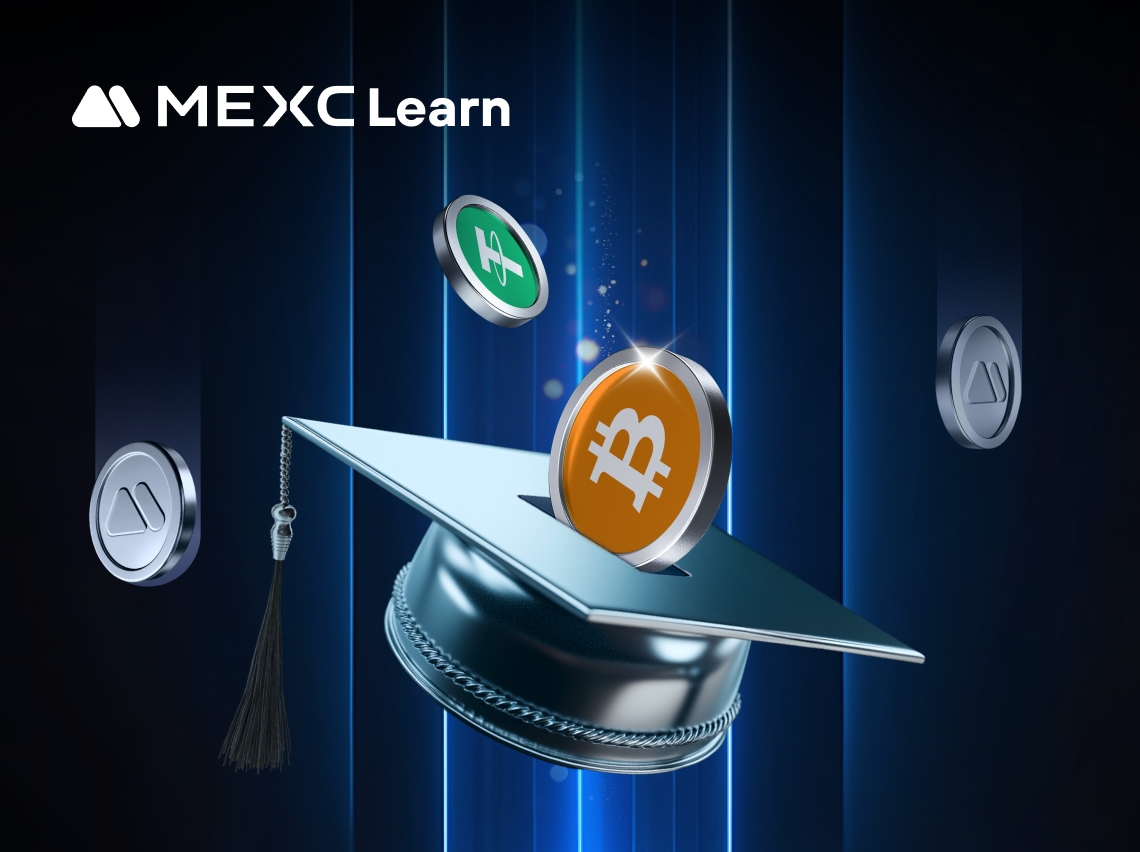
Who is Vitalik Buterin? The Complete Guide to Ethereum’s Founder
Vitalik Buterin has officially reclaimed his status as a cryptocurrency billionaire in 2025, with his portfolio now valued at approximately $1.04 billion as Ethereum soars past $4,200. The 31-year-old
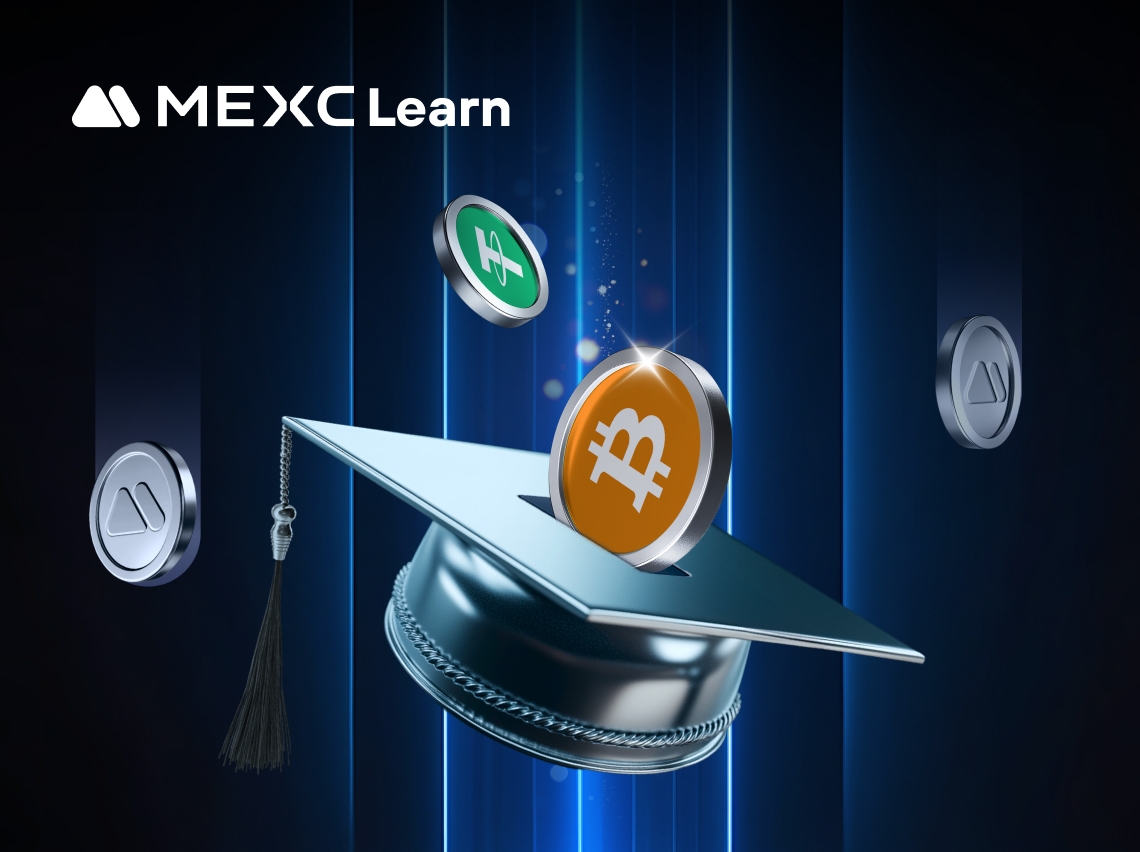
What Is Bitcoin Power Law? Model, Chart & Calculator Guide
Bitcoin’s price movements aren’t random chaos—they follow a precise mathematical pattern. Astrophysicist Giovanni Santostasi discovered that Bitcoin follows a power law, the same type of natural scali
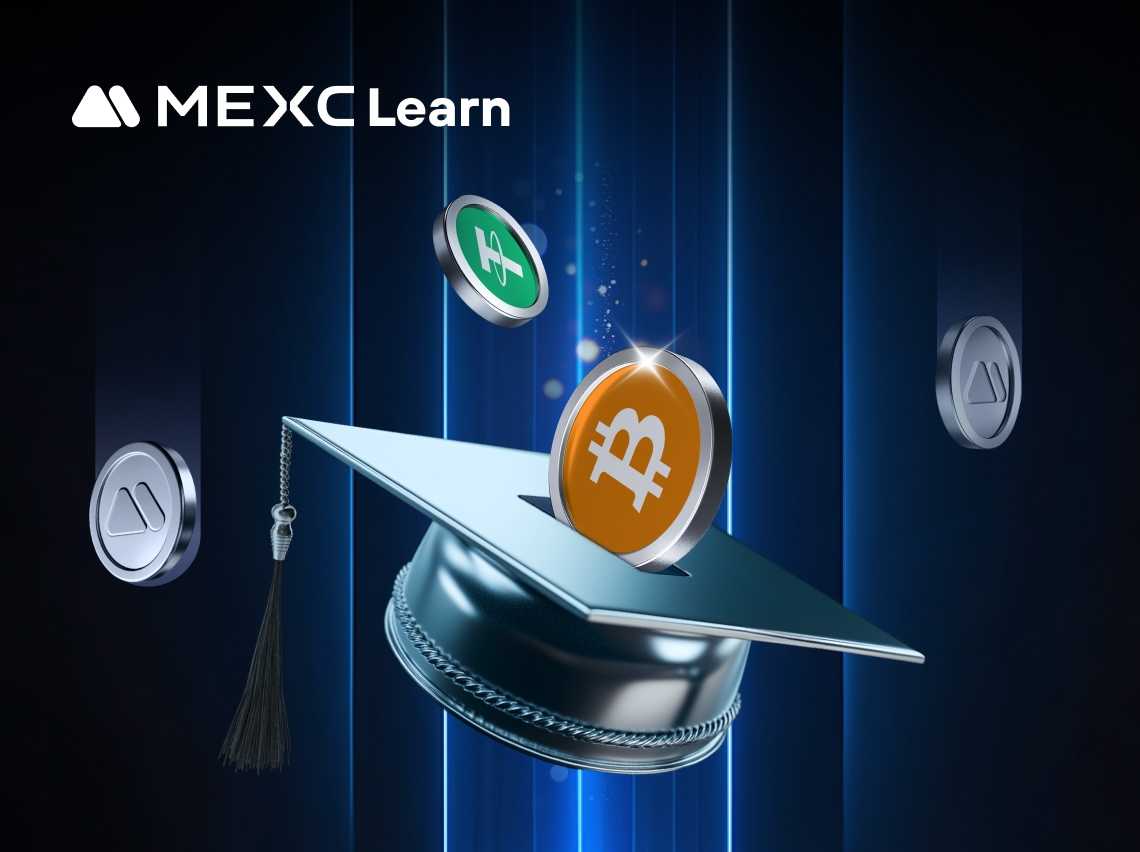
The Complete History of Bitcoin: When Did Bitcoin Start and How It Changed Finance
Bitcoin’s journey from an obscure digital experiment to a globally recognized financial asset represents one of the most remarkable technological and economic stories of the 21st century. What started
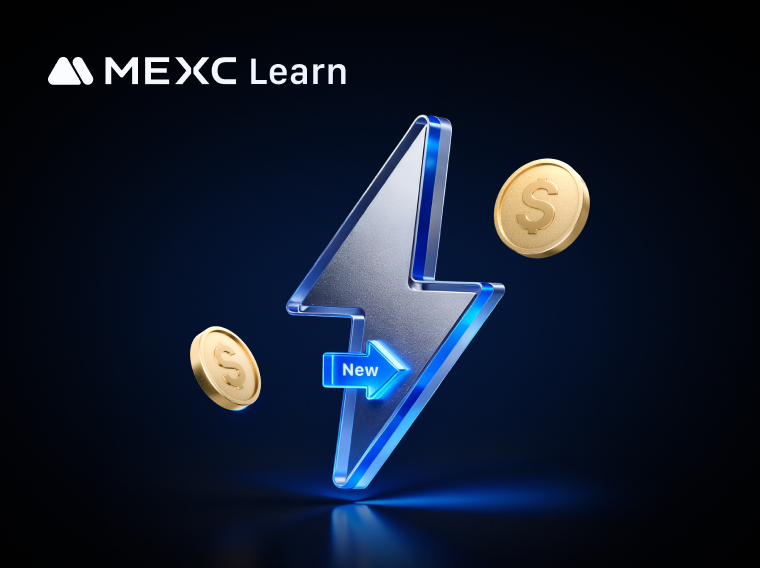
How to Use MEXC Limit Convert
The Limit Convert feature allows users to exchange assets at a preset price. When the market price reaches or exceeds your set limit, the system will automatically execute the trade, letting you compl
Hot Crypto Updates
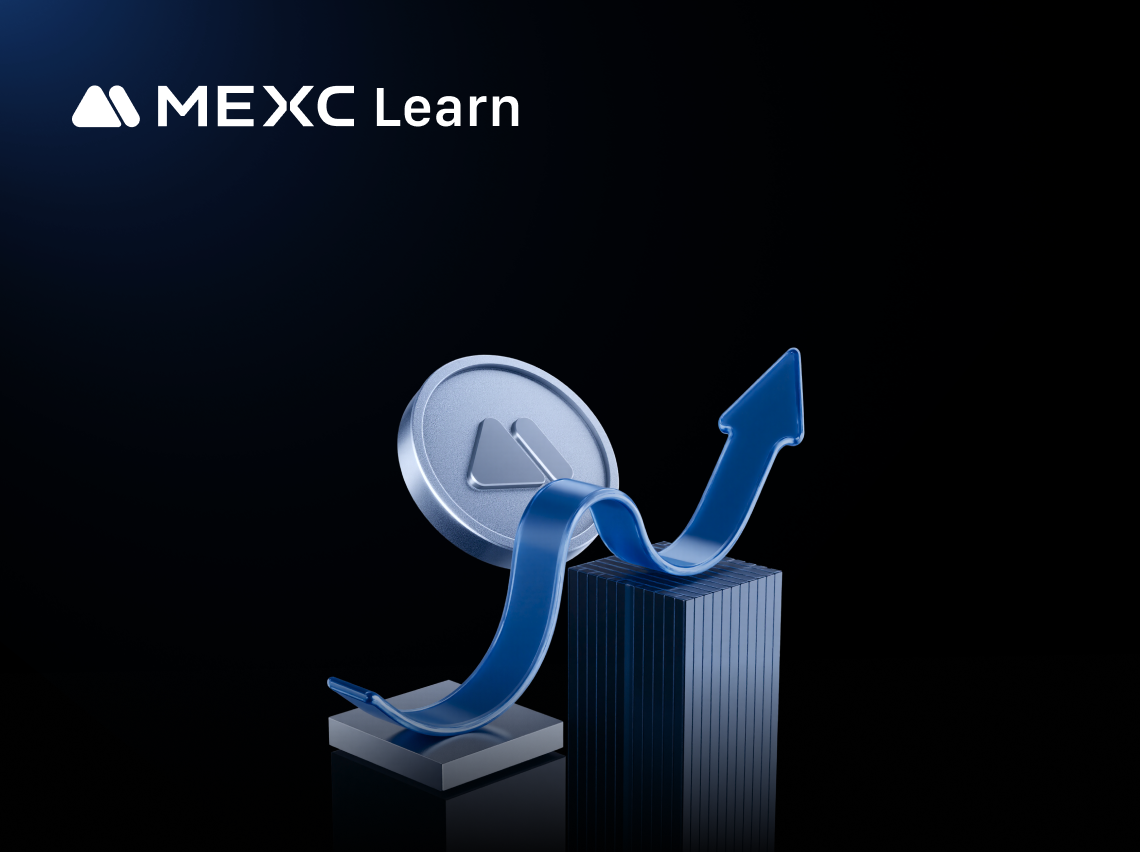
How to Buy Dino Tycoon (TYCOON)
If you're interested in learning How to Buy Dino Tycoon (TYCOON) to add to your crypto portfolio, the process is simpler than you might think. Whether you're a first-time investor or an experienced tr
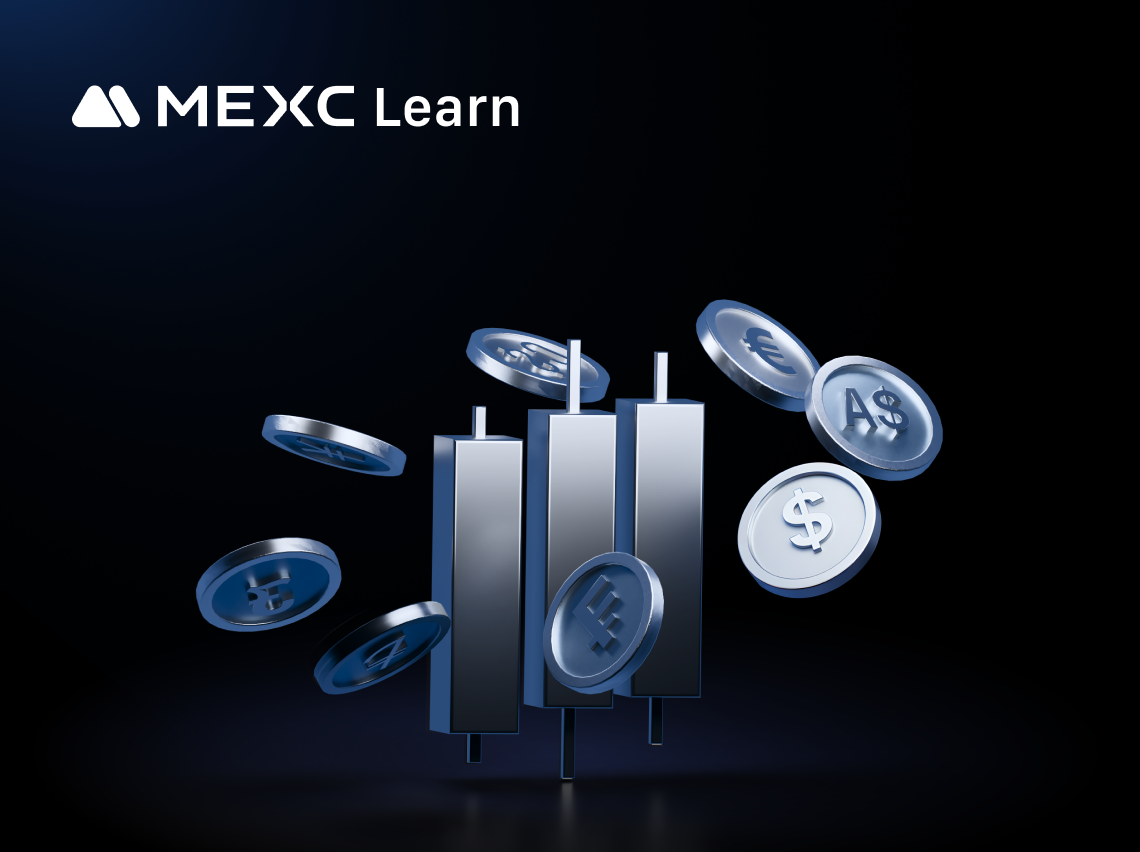
Dino Tycoon (TYCOON) 2030 Price Prediction
Introduction to TYCOON 2030 Price ForecastLooking a decade ahead, 2030 price predictions for Dino Tycoon (TYCOON) provide a long-term view of its potential role in the evolving crypto landscape. While

Dino Tycoon (TYCOON) 2026 Price Prediction
Introduction to TYCOON 2026 Price ForecastLooking ahead to 2026, crypto traders and investors are keen to anticipate where Dino Tycoon (TYCOON) could be heading. Price predictions for TYCOON are based
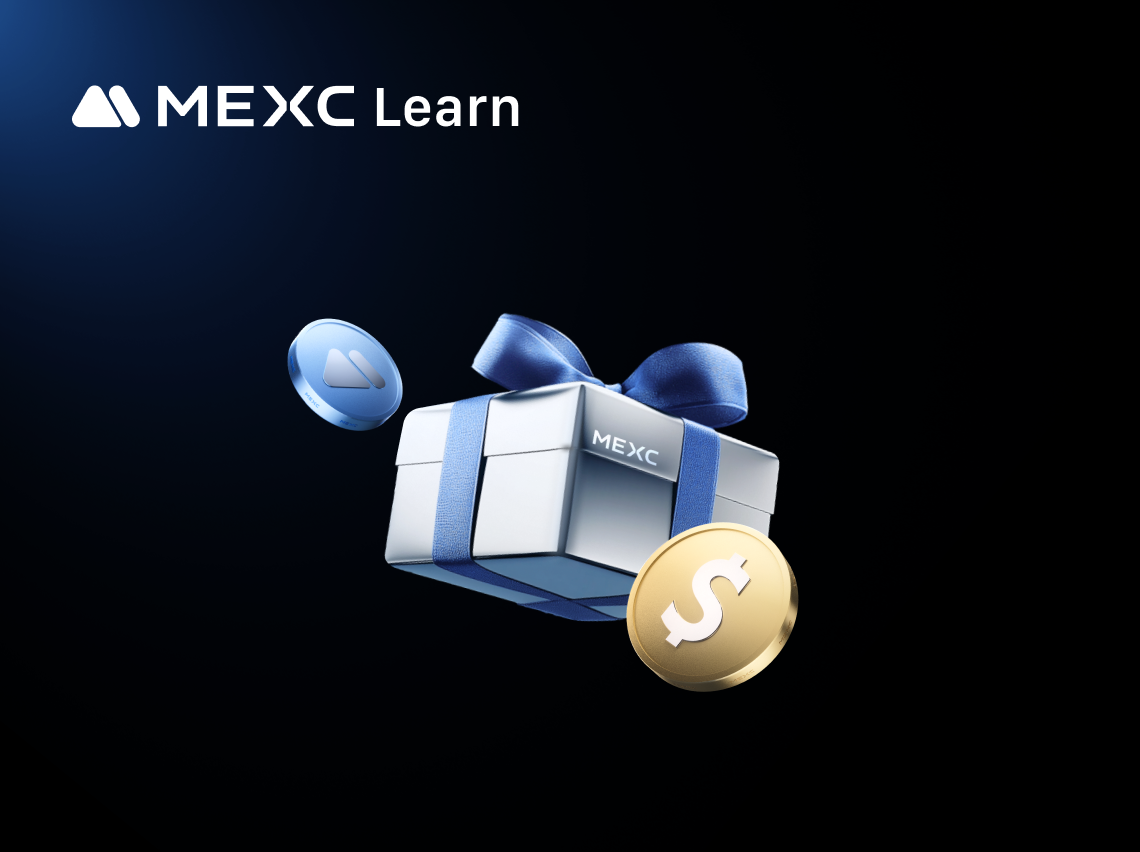
Dino Tycoon (TYCOON) Futures Trading Strategies: A Beginner's Guide to Profitable Trading
Futures trading with Dino Tycoon (TYCOON) offers beginners a powerful way to profit from price movements without owning the underlying asset. This comprehensive guide explores proven strategies that c
Trending News

Stream Finance: Suffers $93 million in asset losses, has suspended withdrawals and launched an investigation.
PANews reported on November 4th that, according to an official announcement, Stream Finance stated that an external fund manager disclosed a loss of approximately $93 million in Stream funds under the

From Seed Phrases to Digital Control Centers
The post From Seed Phrases to Digital Control Centers appeared on BitcoinEthereumNews.com. The crypto industry has recently made headlines for regulation battles, speculation or hacks, but behind the

September Token Unlocks Inject Millions Into the Market
The post September Token Unlocks Inject Millions Into the Market appeared on BitcoinEthereumNews.com. Crypto projects are unlocking fresh tokens into the ecosystem. AltLayer released nearly $3.5 milli

Tether CEO: Significant progress made in QVAC, WDK, and BCI/AI projects.
PANews reported on November 4th that Tether CEO Paolo Ardoino stated that the Tether engineering team has made significant progress in the QVAC, WDK, and BCI/AI projects over the past week, and expect
Related Articles

How to Use MEXC Limit Convert
The Limit Convert feature allows users to exchange assets at a preset price. When the market price reaches or exceeds your set limit, the system will automatically execute the trade, letting you compl

MEXC Account Problems Solved: Login Issues, KYC, Withdrawal & Support Guide
1. Login1.1 How do Ilog inwhen neither mymobilenumber noremail are accessible?If you remember your account login password:On the Web: On the official login page, enter your account and password, then
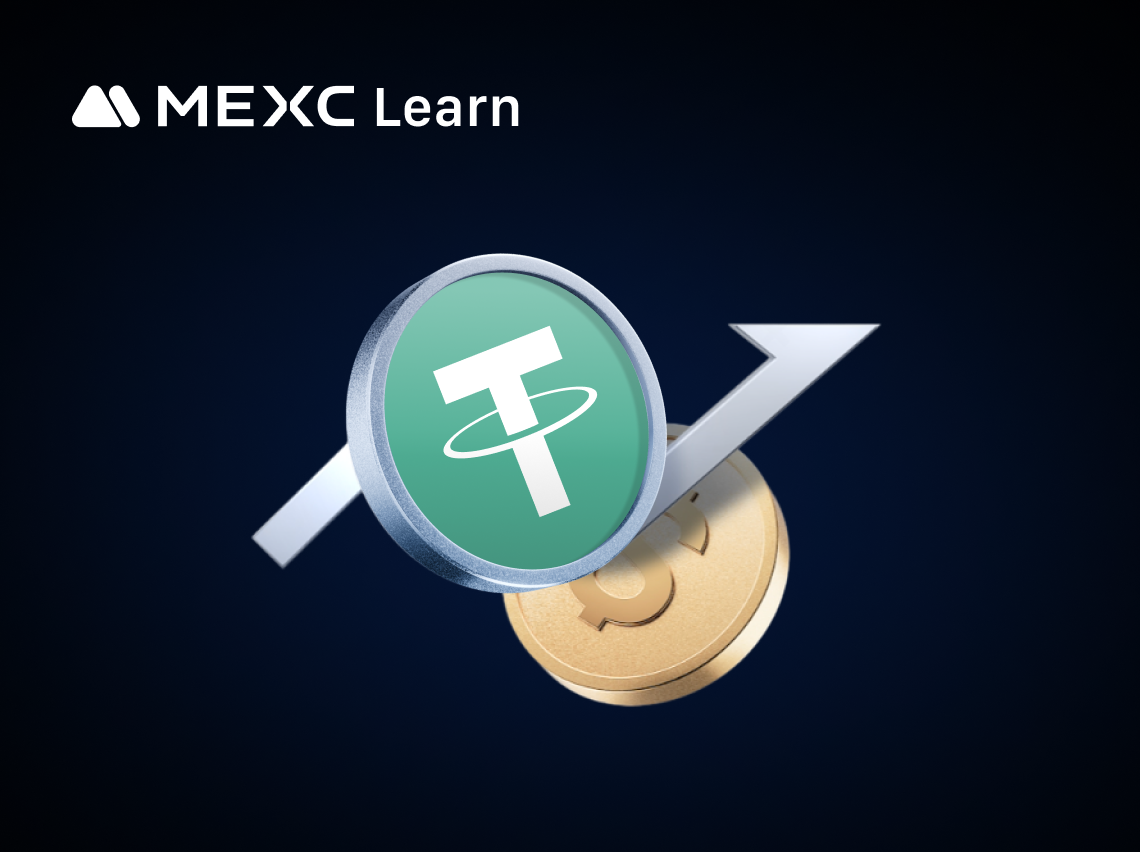
What Is MEXC Earn?
1. What is MEXC Earn?MEXC Earn is a one-stop product launched by MEXC to help users discover a variety of token-holding earning opportunities. It covers flexible savings, fixed savings, and on-chain e
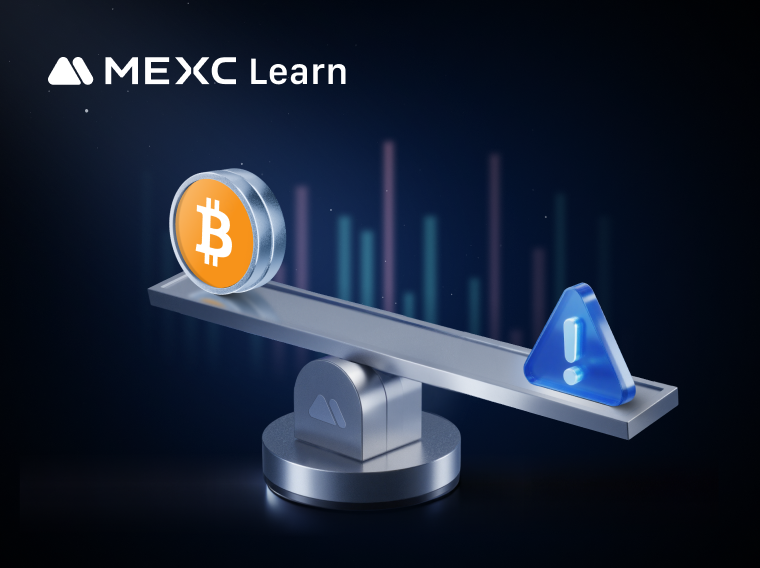
What Is Liquidation? A Complete Guide to Its Mechanism, Price Calculation, and Risk Management
1. What Is Liquidation (Margin Call)? When Does It Most Often Occur?Liquidation (also called "margin call") happens when an account's maintenance margin rate falls below the platform's require
